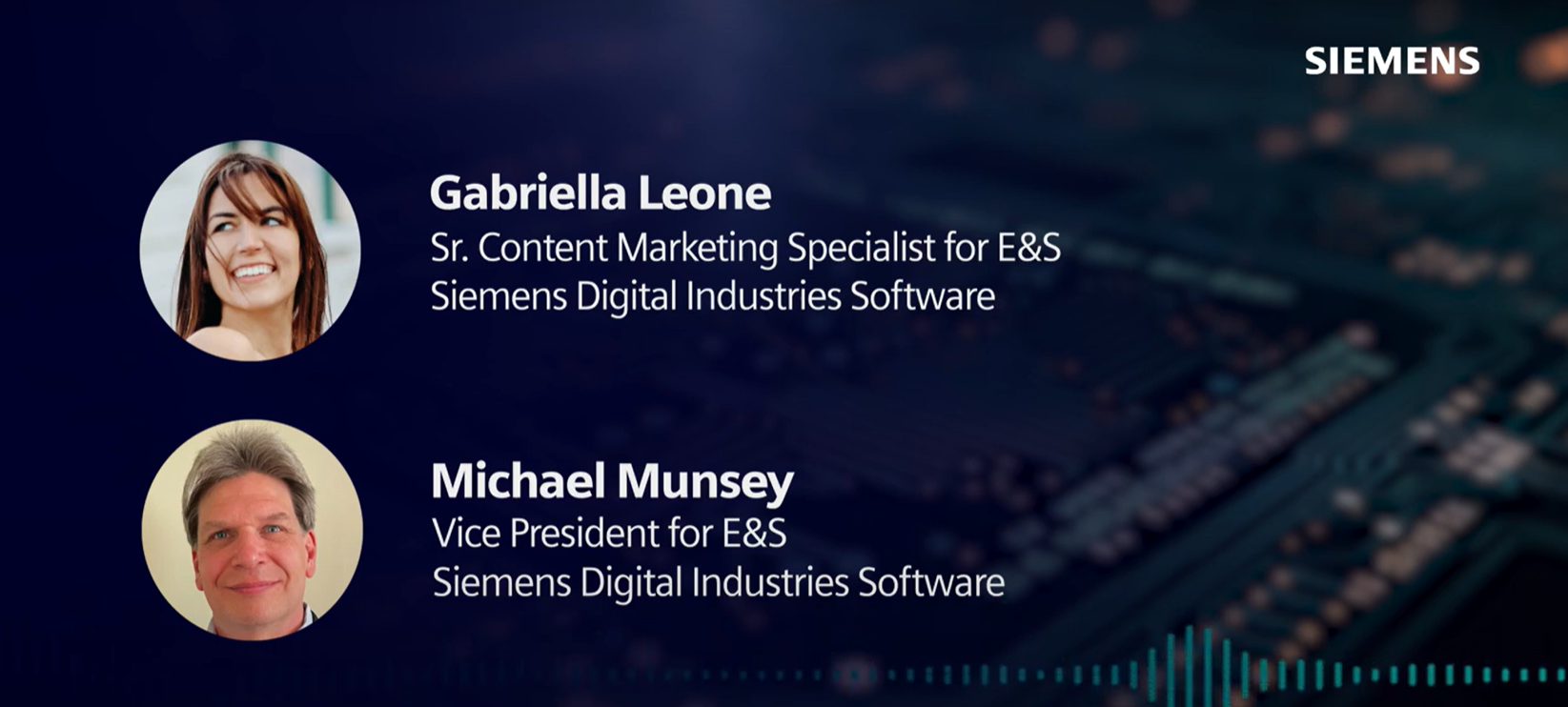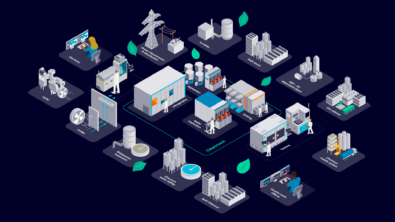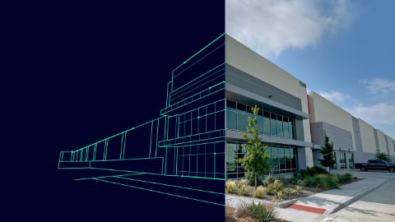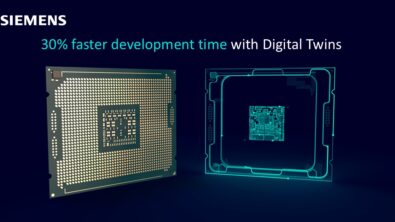Collaboration: The key to semiconductor industry growth and resilience | Executive strategy deep-dive- Part 1

Siemens Digital Industries Software Vice President Michael Munsey Discusses Three Pillar Strategy for Semiconductor Industry Collaboration
In this two-part Q&A interview series, we sit down with Michael Munsey, Vice President of Semiconductors and Electronics at Siemens Digital Industries Software. Michael shares his insights on Siemens’ forward-thinking three-pillar strategy, designed to position the company as a key enabler of semiconductor industry growth through greater collaboration, software-driven innovation, and digital transformation.
In part one, host Gabriella Leone, Senior Content Strategist for Electronics and Semiconductors at Siemens, dives into the details of the first pillar with Michael, discussing the critical need for a collaborative semiconductor business platform in an industry facing skyrocketing complexity and costs.
The 3 Pillars: Enabling semiconductor industry transformation
Q: Michael, you have developed a three-pillar strategy to address the challenges and opportunities in the semiconductor and electronics industry. Could you give us a high-level overview of what these three pillars are and why you believe this framework is critical for the industry’s future?
A: The semiconductor industry has been experiencing enormous growth over the past few years with predictions that it could be a $1 trillion industry by 2030. But with the industry growing that fast, there are headwinds namely the complexity and cost of doing advanced node design.
The three pillars are focused on what’s changing and what needs to be enabled:
- Collaboration and building a platform where companies can collaborate within their changing business models and across the ecosystem.
- Software-defined product, accounting for the prevalence of software.
- Creating a comprehensive digital twin of not just design but also manufacturing to optimize and virtually ramp new processes and designs.
Pillar 1: The collaborative semiconductor business platform
Q: Let’s focus on the first pillar – creating a collaborative semiconductor business platform. Can you explain what the platform is and why collaboration both within and across companies is so essential in today’s landscape?
A: If we look at a company like Intel, they are spinning off their fabrication business to open it up as a fab for third parties, not just themselves. This changes the way design teams interact with manufacturing, scheduling production alongside other companies.
With Analog Devices, they signed an agreement with Tata Electronics in India to manufacture their advanced node designs, while also working with Tata Motors who needs Analog’s expertise in automotive ECU development.
So there is a need to collaborate in new ways within companies as business models change, as well as directly with ecosystem partners and even across industries. Our platform enables this.
Government investment in semiconductor manufacturing: Onshoring for resilience
Q: There has been a ramp up in government spending globally on semiconductors and domestic manufacturing. Is this a race to be first or more about enabling the collaboration you mentioned?
A: First and foremost, it’s the fact that semiconductors are critical to almost everything we do today. The supply chain issues during COVID highlighted the importance of having strong, secure access to this technology.
While some countries may aim to catch up to leaders like TSMC and Samsung over time, the immediate focus of this onshoring is really about guaranteeing supply chain resilience more so than being first. Cross-border cooperation will still continue.
Q: How does leveraging real-time data and metrics improve collaboration and decision making in practice? What impact can this have on project timelines and outcomes?
A: Semiconductor design produces tons of data that, if mined properly, provides insights into schedules, problem areas, historical trends, time required for tasks, and more. But project management in this industry still heavily relies on manual methods like spreadsheets and slide decks.
By harvesting data throughout the design and manufacturing process, and making it visible in real-time, semiconductor companies can track progress, identify bottlenecks, understand the impact of design decisions on manufacturability, and feed manufacturing process insights back into design.
This will automate and optimize how semiconductor programs are managed day-to-day as well as accelerate ramp-up of new designs and process nodes. The ability is there, the industry now needs to utilize it.
Overcoming barriers to open collaboration
Q: The semiconductor industry is known for being highly secretive. How do you envision overcoming cultural resistance to sharing data and collaborating more openly? What steps is Siemens taking to build trust and adoption of this collaborative platform?
A: Historically, data has been closely guarded in this industry to prevent IP leakage that could allow a competitor to duplicate designs, functionality or manufacturing processes.
However, with the massive capital investments required – $19 billion for a new fab for example – there will be pressure from investors to ensure full utilization. Fabs won’t be able to tolerate long ramp times that have traditionally allowed for secrecy.
So while still protecting the most sensitive IP, semiconductor companies, fabs, and equipment manufacturers will need to selectively open up and be more collaborative across the ecosystem. By implementing the right security and data exchange protocols, the industry can start sharing data in a way that allows the entire ecosystem to run better. Those who don’t risk being left behind.
What’s next?
Stay tuned for part two of our interview with Michael Munsey. In part two, we will explore the specific solutions and capabilities Siemens is delivering to enable this new era of semiconductor industry collaboration. Michael will share how Siemens’ innovative platform and technology portfolio help companies navigate today’s challenges while positioning them for tomorrow’s opportunities.


